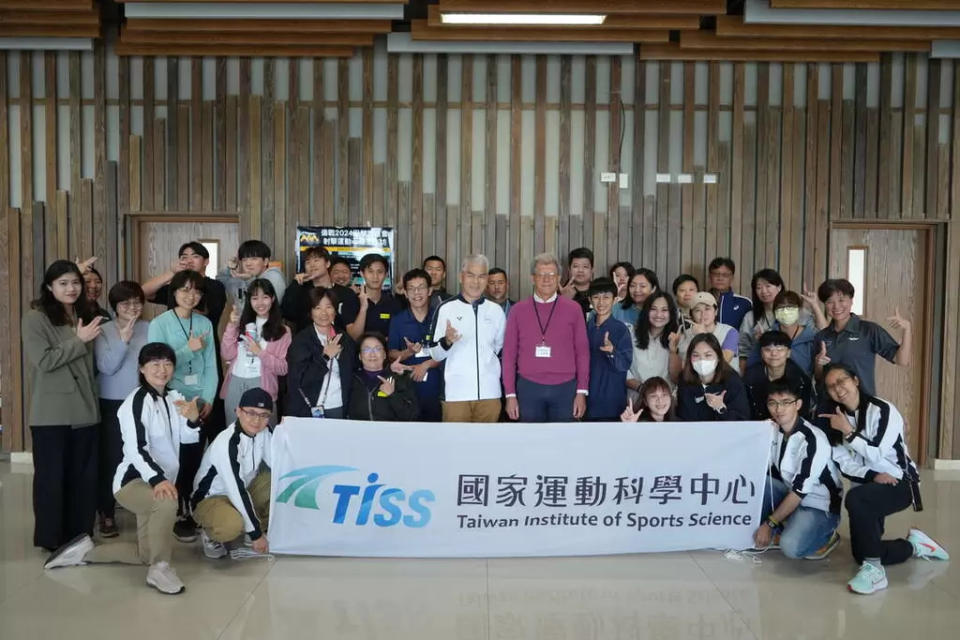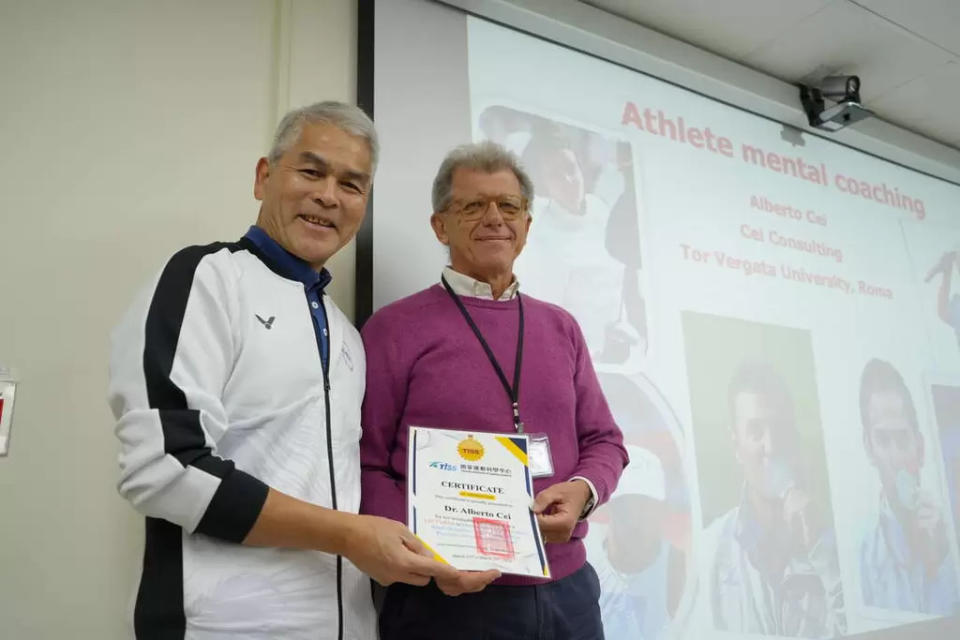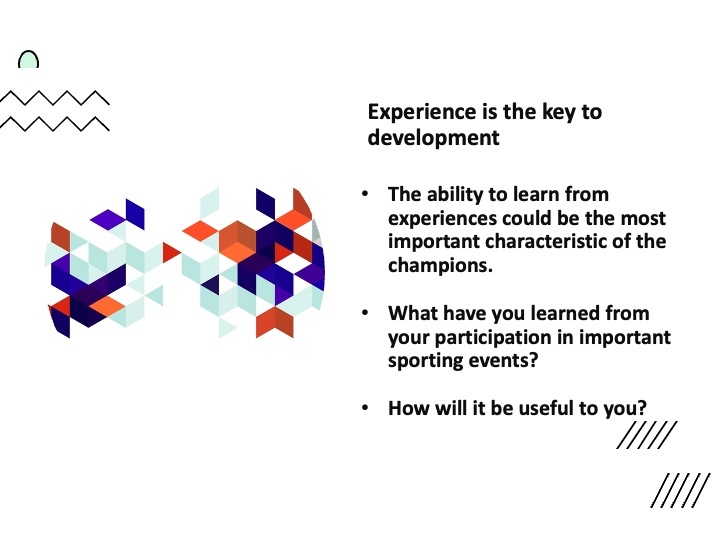Based on the problems that young people show it becomes necessary to offer practical ways for parents to educate their children. In any case, the main goal that parents will have to fulfill concerns the need not to abandon their educational task. Too often we see parents abdicating this role in the hope that satisfying every desire is the best way to raise them. They hide behind the idea that giving everything to them is the way to be heard and to foster trust.
In this way, young people grow up convinced that in life it will be enough to ask to get and that there will always be someone who will solve for them the problems they encounter. This blocks the development of autonomy, which can only occur when given the opportunity to make decisions and test their effects.
In this regard, Jonathan Haidt provides some advice that I fully agree with:
- Give children far more time playing with other children. This play should ideally be outdoors, in mixed age groups, with little or no adult supervision (which is the way most parents grew up, at least until the 1980s).
- Look for more ways to embed children in stable real-world communities. Online networks are not nearly as binding or satisfying.
- Don’t give a smartphone as the first phone. Give a phone or watch that is specialized for communication, not for internet-based apps.
- Don’t give a smartphone until high school. This is easy to do, if many of your child’s friends’ parents are doing the same thing.
- Delay the opening of accounts on nearly all social media platforms until the beginning of high school (at least). This will become easier to do if we can support legislators who are trying to raise the age of “internet adulthood” from today’s 13 (with no verification) to 16 (with mandatory age verification).









